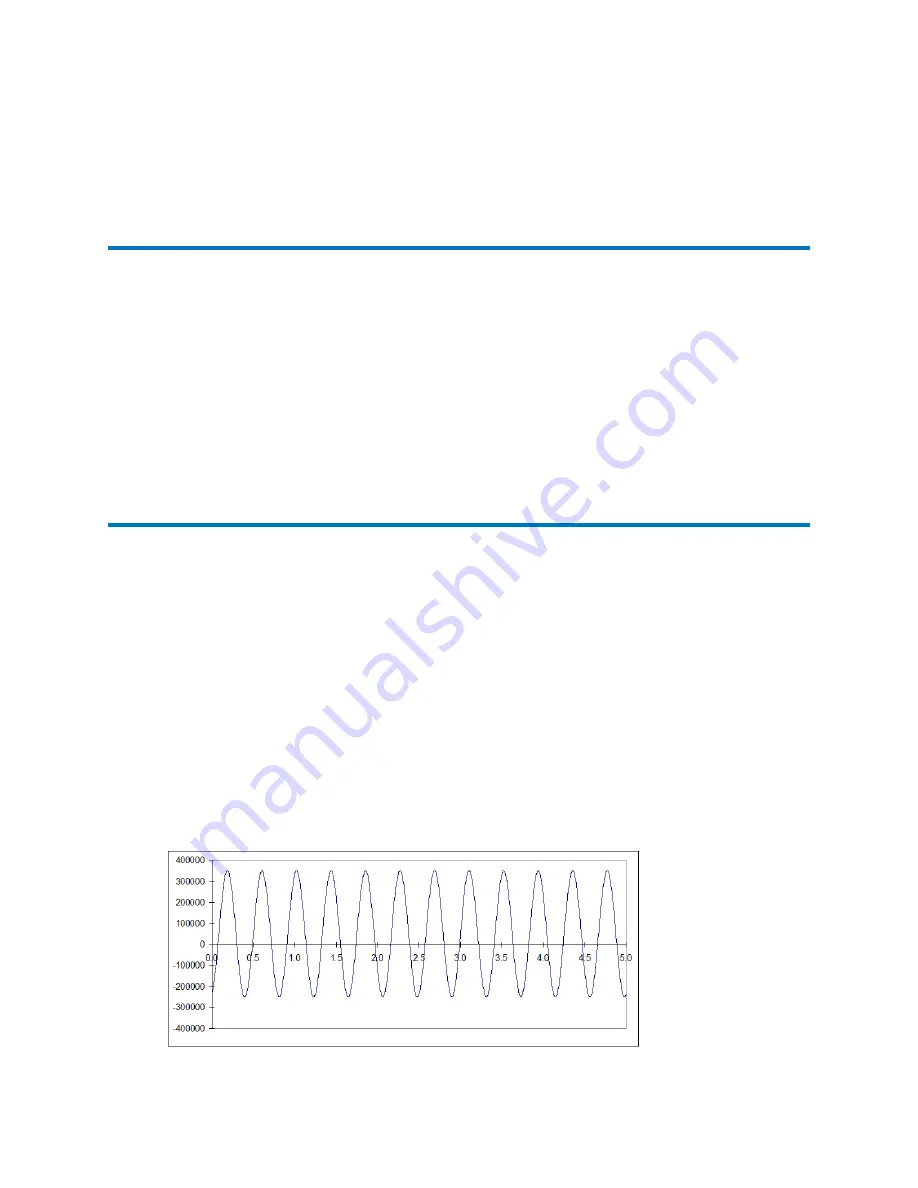
7 Noise suppression - ADF
7.1 Introduction
In addition to its tremendous linear dynamic range and selectivity, electrochemical detection is
well-known for its very low limits of detection. To further improve these detection limits, the 3465
Detector is equipped with ADF (Advanced Digital Filter). The improvement factor in signal-to-
noise (S/N) ratio depends on the frequency relation of signal and baseline noise. S/N
improvements from a factor 5 up to more than 100 are possible.
To understand how a digital filter works, the importance of frequencies in chromatographic
analysis will be explained. Then we will look at peak width, filter settings, cutoff frequency,
amplitude response plots, and a few chromatograms before and after application of ADF.
7.2 Frequency
The scientific definition of frequency is “the number of completed alterations per unit of time”. It
has two dimensions: count and time. Frequency is usually expressed in Hz, which is counts per
second.
The counts themselves can run in a regular, evenly spaced manner, as with sine waves whose
curve shapes do not change. Alternatively, the counts can run in an irregular manner within the
specified unit of time. If the latter happens, frequencies vary if broken down into smaller units of
time.
In the example of
Figure 7–1: Example of a signal with regular, evenly spaced alterations: a sine
, a signal is shown with a frequency of 12 alterations in 5 minutes. To express its
frequency in a more scientific way, a full period is precisely determined and expressed in Hertz
(or s
-1
). It is a sine wave with a frequency of 0.04 Hz (
Figure 7–2: A full period is 0.41 min (25 s),
which corresponds to a frequency of 1/25 = 0.04 Hz. (Page 65)
Figure 7–1: Example of a signal with regular, evenly spaced alterations: a sine
December 16, 2021, 715007395 Ver. 00
Page 64
















































